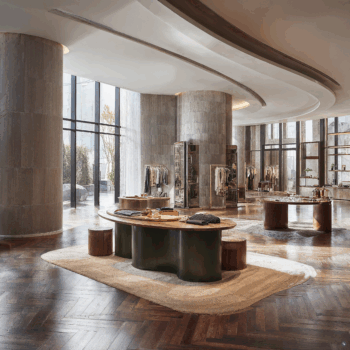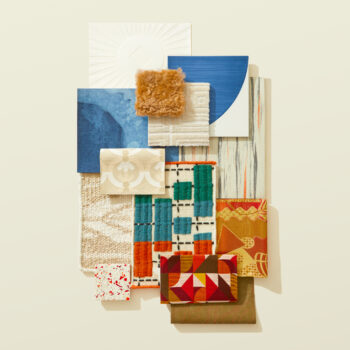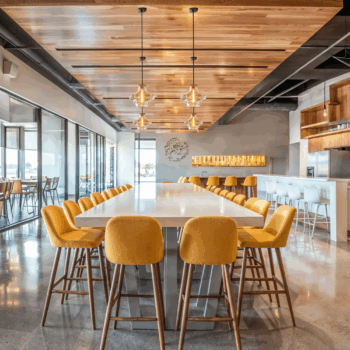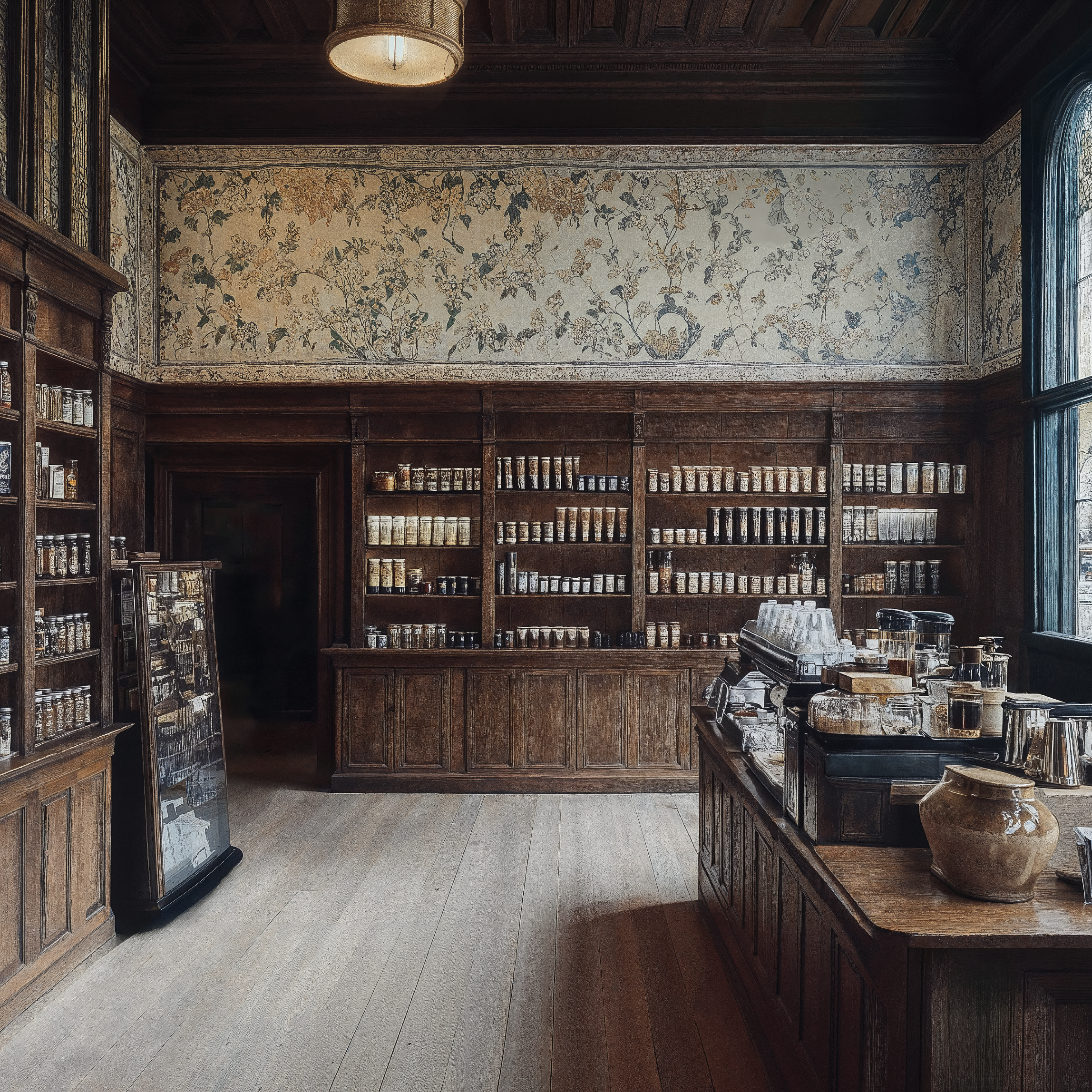
The British Arts and Crafts movement arose in the late 1800s as a response to the mechanization of design during the Industrial Revolution. Designers and architects like William Morris and Charles Voysey championed a return to craftsmanship, drawing inspiration from medieval guilds, vernacular buildings, and nature itself. Their belief is that everyday environments should be thoughtful, beautiful, and made with integrity. More than a style, Arts and Crafts became a philosophy, rooted in social reform, local materials, and the quiet dignity of the handmade. In contemporary design, its influence endures through spaces that prioritize substance over show, celebrating lasting materials, human scale, and meaningful detail.
The Core Principles of British Arts and Crafts Design
1.) Craftsmanship and Integrity
Joinery is often left exposed, cabinetry is built-in, and furniture is handcrafted, emphasizing the honesty and durability of well-made objects.
2.) Natural Materials
Oak, ash, and other local woods anchor the material palette, often paired with stone, terracotta, or handmade ceramic tile for depth and tactility.
3.) Human-Scale Architecture
Structures prioritize proportion, simplicity, and livability, favoring layouts that support daily rituals and connection to nature.
4.) Decorative Motifs
Inspired by flora, fauna, and folklore, surface patterns and carvings introduce narrative beauty without excess ornamentation.
5.) Function with Beauty
Every element—be it a hand-forged door latch or a wooden bench—is both useful and artful, bridging practicality and design.
British Arts and Crafts Design in Practice
Cultural and Civic Spaces with Purpose
Libraries, museums, and churches draw on Arts and Crafts values with bespoke millwork, handcrafted finishes, and materials that age gracefully, emphasizing public spaces as places of care and culture.
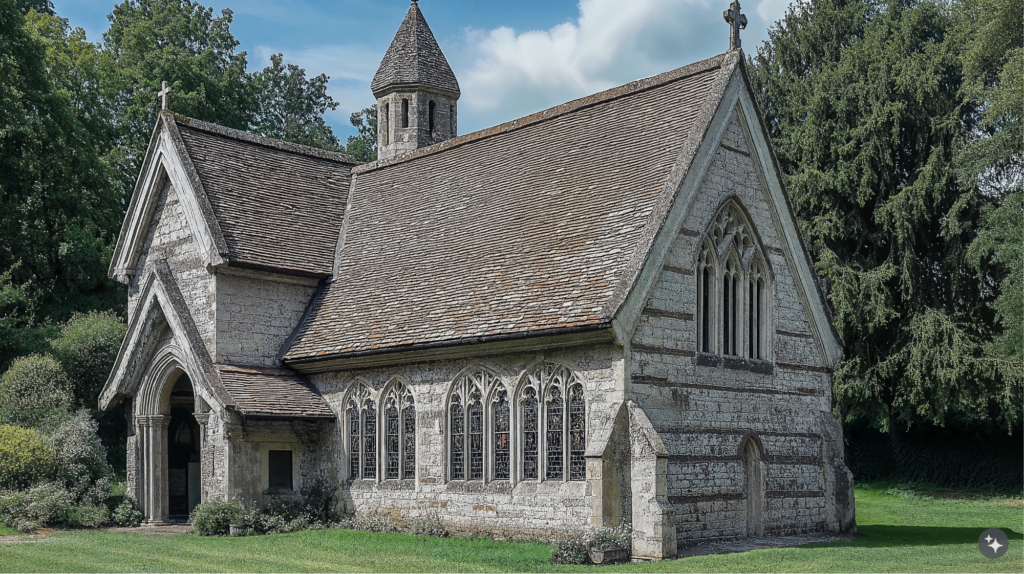
Healthcare Settings with Familiar Warmth
Built-in seating, wood-paneled walls, and hand-glazed tile contribute to a calm, tactile environment that feels residential and rooted in tradition, supporting comfort and healing.
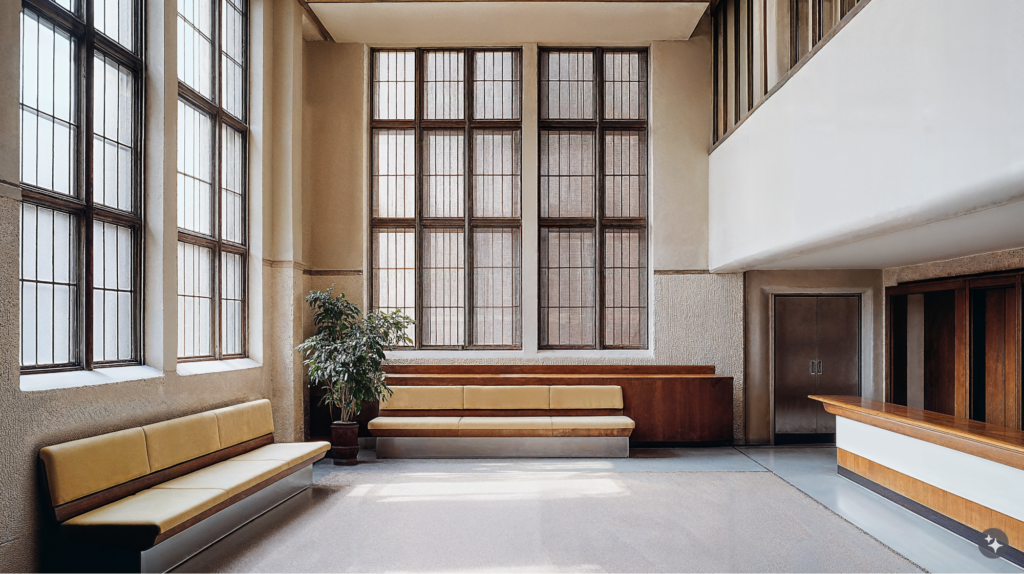
Educational Environments That Inspire
Classrooms, studios, and reading spaces embrace natural light, warm wood tones, and artisanal detail, fostering focus, curiosity, and the value of thoughtful surroundings.
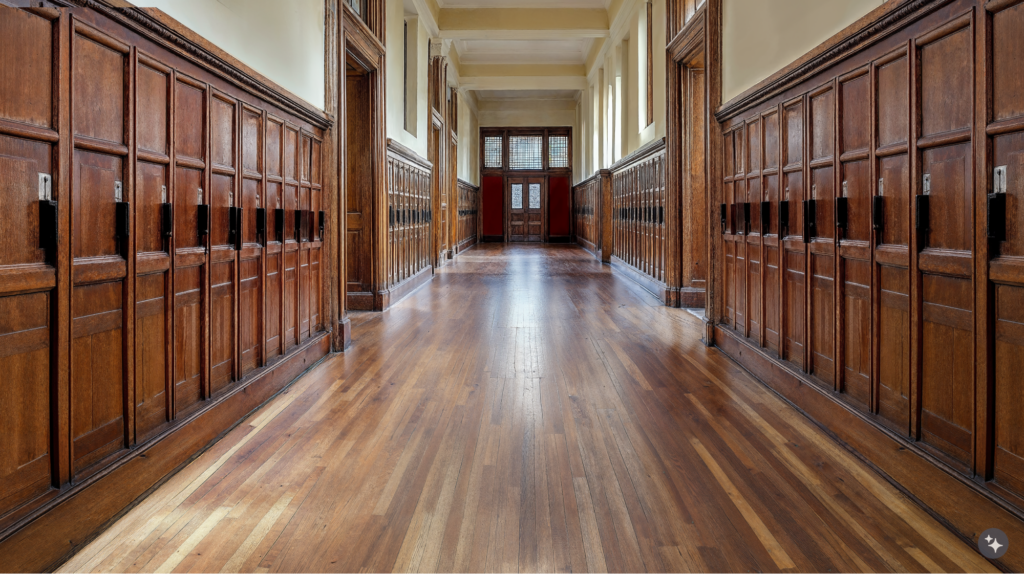
Retail Spaces That Tell a Story
Shops and galleries highlight craftsmanship with open shelving, turned wood fixtures, and handmade displays that connect consumers to the stories behind each product.
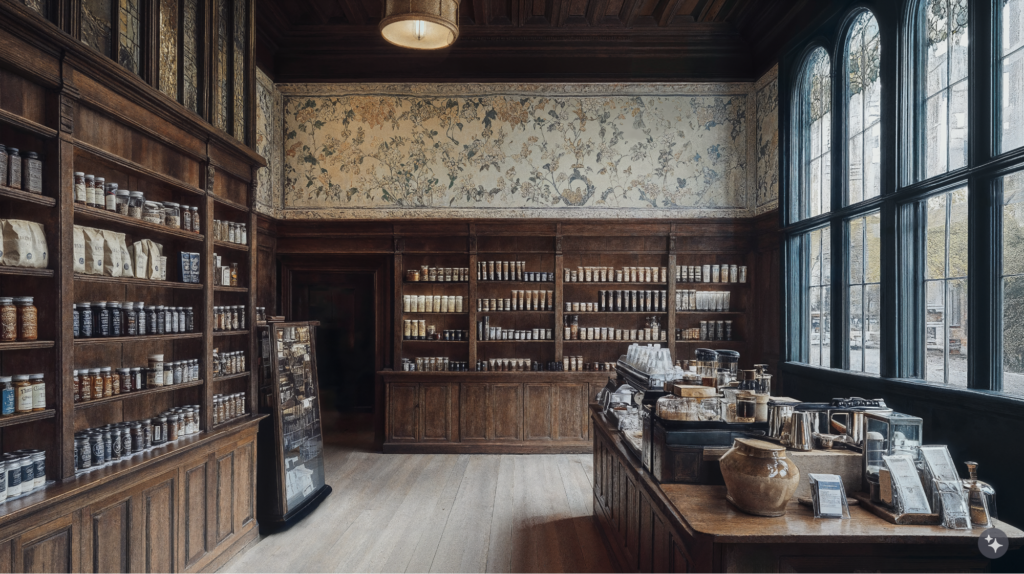
Hospitality Rooted in Heritage
Boutique hotels and vacation rentals embrace the cozy elegance of Arts and Crafts interiors, layering patterned wallpaper, antique lighting, and custom millwork to evoke comfort and character.
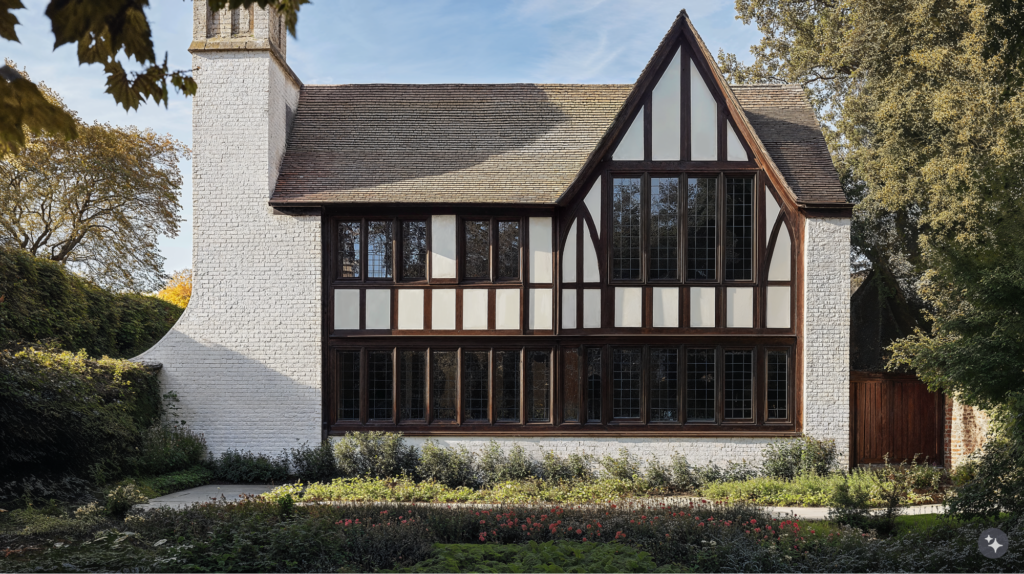
Workplaces with Built-In Beauty
Office lounges, libraries, and collaboration zones channel the movement’s ideals through sturdy wood desks, decorative glasswork, and human-scale architecture that invites slower, more intentional work.
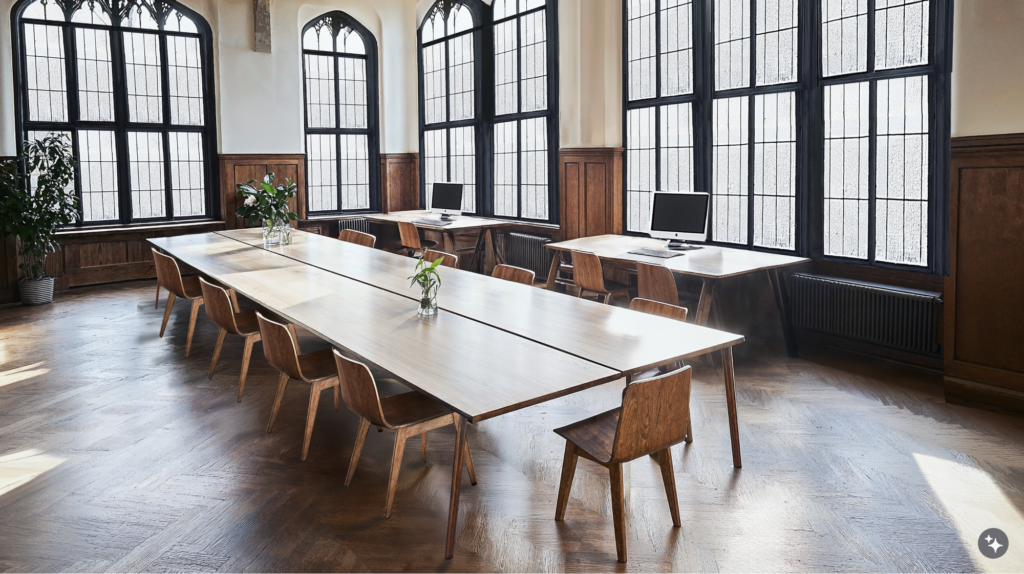
Transit Spaces with a Domestic Touch
Lounges and terminals introduce hand-finished elements and crafted materials to soften travel environments, offering familiarity and quality in motion.
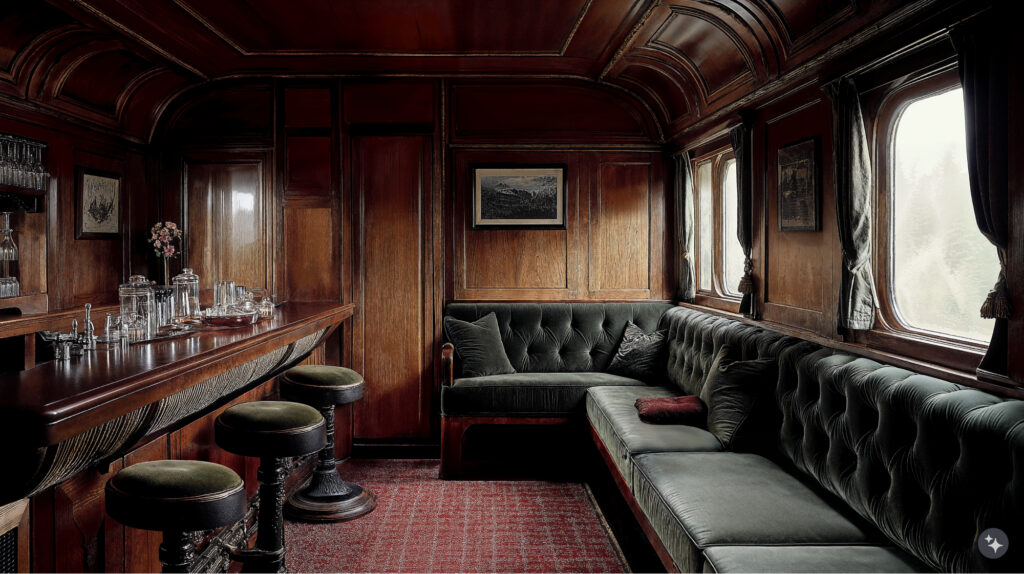
Residential Interiors with Lasting Comfort
In homes, the Arts and Crafts spirit thrives through exposed beams, stained wood cabinetry, nature-inspired wallpapers, and rooms designed for daily life and quiet beauty.
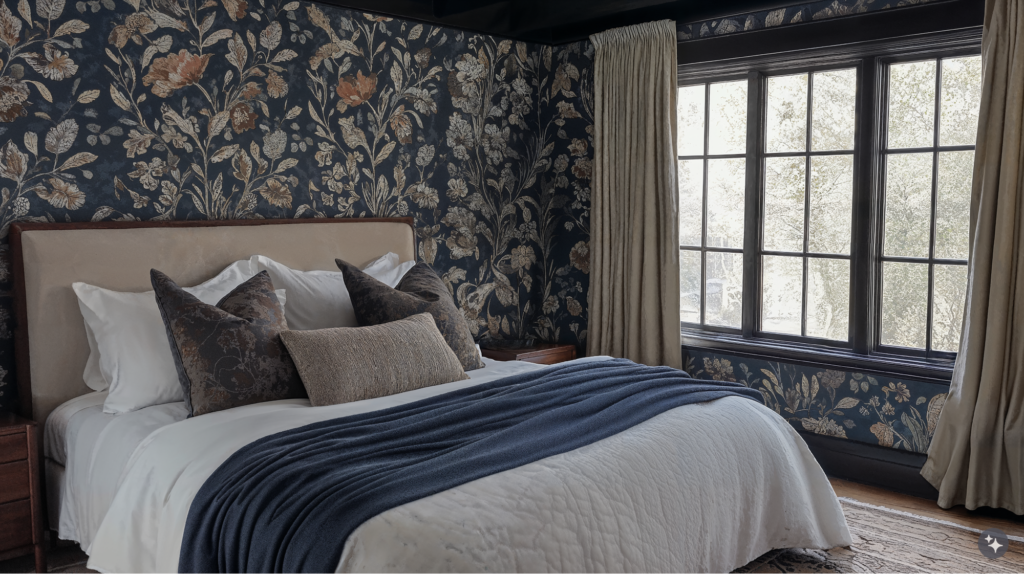
British Arts and Crafts design continues to shape contemporary interiors with its reverence for craft, honesty, and human-centered spaces. Through the use of natural materials, expressive joinery, and thoughtful detail, this tradition offers a reminder that beauty is not in extravagance, but in care, quality, and the character of the handmade.
Looking for a more modern design palette? Sustainable Storefronts combine chic finishes with bold color statements.





